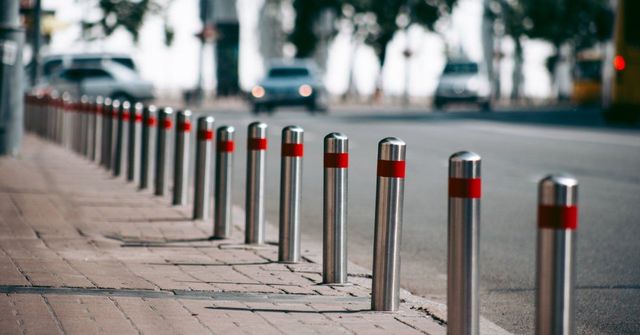How Bollards Are Transforming Modern Architecture and Mobility”

The Hidden Heroes of Urban Design
They might seem invisible to most pedestrians, yet bollards shape the rhythm and safety of our daily lives.
Installed along sidewalks, parking areas, and restricted zones, these cylindrical structures serve as silent guardians — protecting pedestrians, guiding vehicles, and preventing accidents.
But beyond their functional role, bollards have become key architectural tools, helping designers organize space and enhance city aesthetics.
Bollards and the Language of Architecture
Architects and engineers now use bollards not only as barriers, but as elements of design language — defining space without closing it off.
Glass-finished, illuminated, or fully retractable versions allow cities to combine security with elegance.
A bollard can separate traffic from pedestrians, protect a storefront, or secure sensitive sites such as airports, embassies, or public squares — all while maintaining an open, accessible environment.
Technological Innovation
The evolution of materials and control systems has led to the creation of smart bollards that integrate seamlessly with urban management software.
Automated models can be raised or lowered remotely, linked to license plate recognition systems, or synchronized with access schedules — improving efficiency while maintaining high security standards.
Italian manufacturers such as MAC Srl have brought excellence in mechanical engineering and design innovation to the global market, providing bollards that balance strength, style, and sustainability.
The Future of Urban Mobility
As cities rethink mobility, bollards will remain central to the design of flexible, people-centered spaces.
They enable temporary pedestrianization, secure event areas, and facilitate traffic control during emergencies — all without permanent barriers.
In a future dominated by smart cities, the bollard is not just a security tool: it’s a symbol of intelligent urban evolution.
